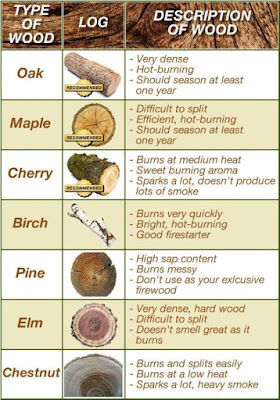Here is a great story from OutdoorLife.com
Almost every backcountry hunter has pictured some version of this: An unexpected rustling in the underbrush. The flash of black (or brown) fur. A huffing sound. And then suddenly—snap!—you realize you’re about to have a run-in with an agitated bear. How do you react?
For most of the 20th century, biologists and hunting guides (and magazines, including this one) recommended firearms for self-defense from carnivorous mammals. But in 2012, the Journal of Wildlife Management published a groundbreaking paper, “Efficacy of Firearms for Bear Deterrence in Alaska.” Co-authors Tom Smith and Stephen Herrero analyzed public records, media accounts, and anecdotal information reaching back to 1883. The study examined 269 encounters between 357 bears (brown, black, and polar) and 444 humans, and concluded that people who used firearms for self-defense against bears “suffered the same injury rates in close encounters with bears whether they used their firearms or not.”
Now widely cited by backcountry-area risk managers, wildlife biologists, and bear experts, the study further concluded that bear spray has a better success rate than firearms at neutralizing a bear encounter, and that spray is also less likely than firearms to cause collateral damage to humans or other animals.
Aerosol spray is allowed in every backcountry area in the United States. It’s easy to buy, nontoxic, simple to use, and—because it contains capsaicin, a chili pepper–based chemical that causes intense irritation but no serious physical injury—can be deployed against any threat, including aggressive dogs and human attackers.
When you’re buying pepper spray for use against bears, look for formulations with the highest possible concentration of capsaicin, but avoid mace or other toxic ingredients.
Here are recommendations on bear spray from wildlife technicians, backcountry guides, and others who work and recreate in bear country.
The Value of Practice
Alaskan wildlife biologists recommend UDAP bear spray for its large canister size and impressive range.
Make sure the canister is easy to carry and deploy. Scatbelt offer versatile holster options.
Check local jurisdictions for any restricted ingredients. Sabre spray is generally allowed in Canada, where other formulations may be prohibited.
Replace pepper-spray canisters annually, and practice with the outdated spray so you are familiar with holster deployment and trigger release. Some retailers offer practice canisters filled with pressurized water.
Practice in situations where you will be surprised and have only seconds to react, says Mike Matheny, the founder of UDAP and himself the survivor of a grizzly attack. “You have far less time than you think.”
Formal pepper-spray training is available from Insights Training Center ($90).
The Case for a Bear Gun
Not everyone who works in bear country relies on spray.
Alaska game wardens and backcountry rangers might carry bear spray, but their go-to protection in bear country is a pump-action shotgun loaded with slugs. That was the takeaway from a week in Alaska, training with officers who encounter bears on the job.
The most popular model in the class was a short-barreled Remington 870 Synthetic Tactical. Other favorites are the Winchester SXP, Mossberg Scorpion, and Benelli Nova. The favored sidearm is a Ruger SuperRedhawk Alaskan model in .454 Casull. For rifles, it’s the Ruger Guide Gun or CZ Safari Magnum in .375 Ruger or .375 H&H. —Larry Case
You Might Also Like: Best Grizzly Guns: 9 Great Guns for Brown Bear Hunting and Backcountry Defense
Read the original article
JR NOTE: After reading this, I still opt for both (gun & pepper spray). While those who use guns sustain the same injury rate, they may be in a more dangerous position. I will use Pepper Spray first, as a deterrent, if the bear is not charging. While a Pump shot gun is good, it is less reliable in a tense split-second event than a Double Barreled Shotgun.
So while the double barreled shotgun is limited at two rounds before reloading is necessary, those two rounds can be fired quickly and reliably.
For more information, see:
Blog Table of Contents













